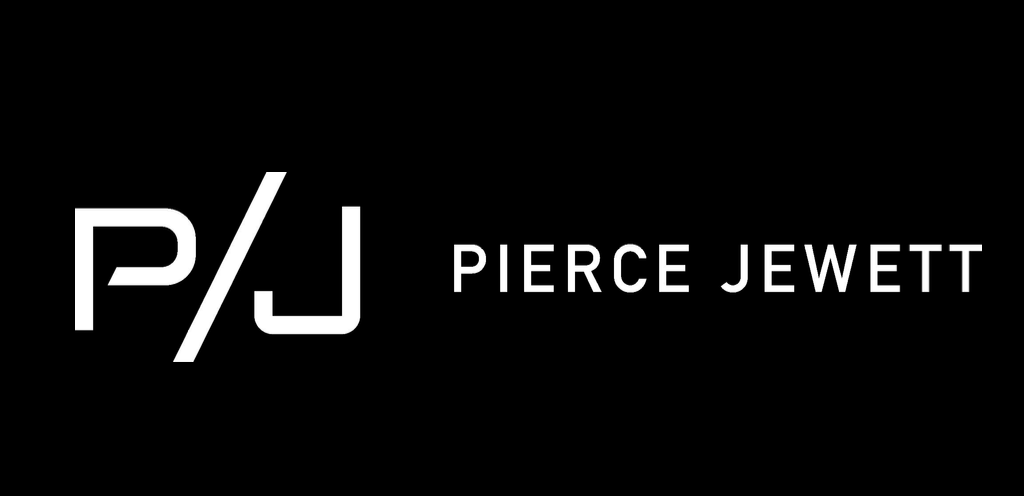Bankruptcy Laws for Small Business
For small businesses that are struggling with the burden of debt, bankruptcy is a tool that can help to provide some desperately needed relief. A business owner may use the bankruptcy process to restructure their company in an effort to get a fresh start or a business owner may use bankruptcy to efficiently wind down operations. There are some unique rules and regulations that affect small businesses preparing to file for bankruptcy protection. Here, our business bankruptcy attorneys provide an overview of the bankruptcy laws for small businesses.
The Basics: Chapter 7 vs. Chapter 11 (and Chapter 13)
As a starting point, it is crucial that small business owners understand their two primary options for bankruptcy protection. Through Chapter 7 bankruptcy, a small business owner may be able to liquidate their company, protecting their personal interests and ending operations in the most sensible manner. Through Chapter 11 bankruptcy, a small business can restructure its outstanding obligations—reducing or eliminating debts. Notably, if you own and operate a sole proprietorship, you may be able to use Chapter 13 bankruptcy to restructure your small business.
Understanding the Small Business Reorganization Act (SBRA)
Recently, federal legislators reformed the bankruptcy laws to provide additional options for small businesses. On February 19th, 2020, the Small Business Reorganization Act (SBRA) officially took effect. The SBRA makes it easier for small companies to use the Chapter 11 bankruptcy reorganization process instead of pushing them towards a Chapter 7 liquidation. More specifically, lawmakers passed the SBRA in an effort to:
Lower costs for small businesses;
Reduce complexity and streamline the process; and
Better empower small companies to survive bankruptcy and control their operations.
Small Business Debtors and Chapter 11
As Chapter 7 bankruptcy is a liquidation bankruptcy, it is not a viable option for small companies looking to navigate the process and come out the other side stronger and healthier. However, prior to the SBRA, the Chapter 11 filing requirements were extremely burdensome for small businesses. In effect, the Chapter 11 bankruptcy was out of reach. The SBRA allows qualifying companies to opt to be treated as a ‘small business debtor’ under Subchapter five of the Bankruptcy Code. Small business debtors will face lower financial burdens in the bankruptcy process, including:
No creditor committees;
No competing confirmation plans;
No disclosure statements; and
No need to follow the absolute priority rule.
The bottom line: The SBRA makes it easier for small businesses to restructure their debts through a Chapter 11 bankruptcy petition. Whether Chapter 11 is the best path forward for a financially challenged business will always depend on its unique circumstances.
Contact Our Business Bankruptcy Lawyers for Help
At Pierce / McCoy, our small business bankruptcy attorneys are trusted advocates for our clients. Business owners need a strong and loyal team behind them. If you have any questions about bankruptcy laws that impact small businesses, we are here to help. Contact our firm now for confidential legal guidance and support. We represent small businesses in bankruptcy matters in New York, Virginia, and Texas.
